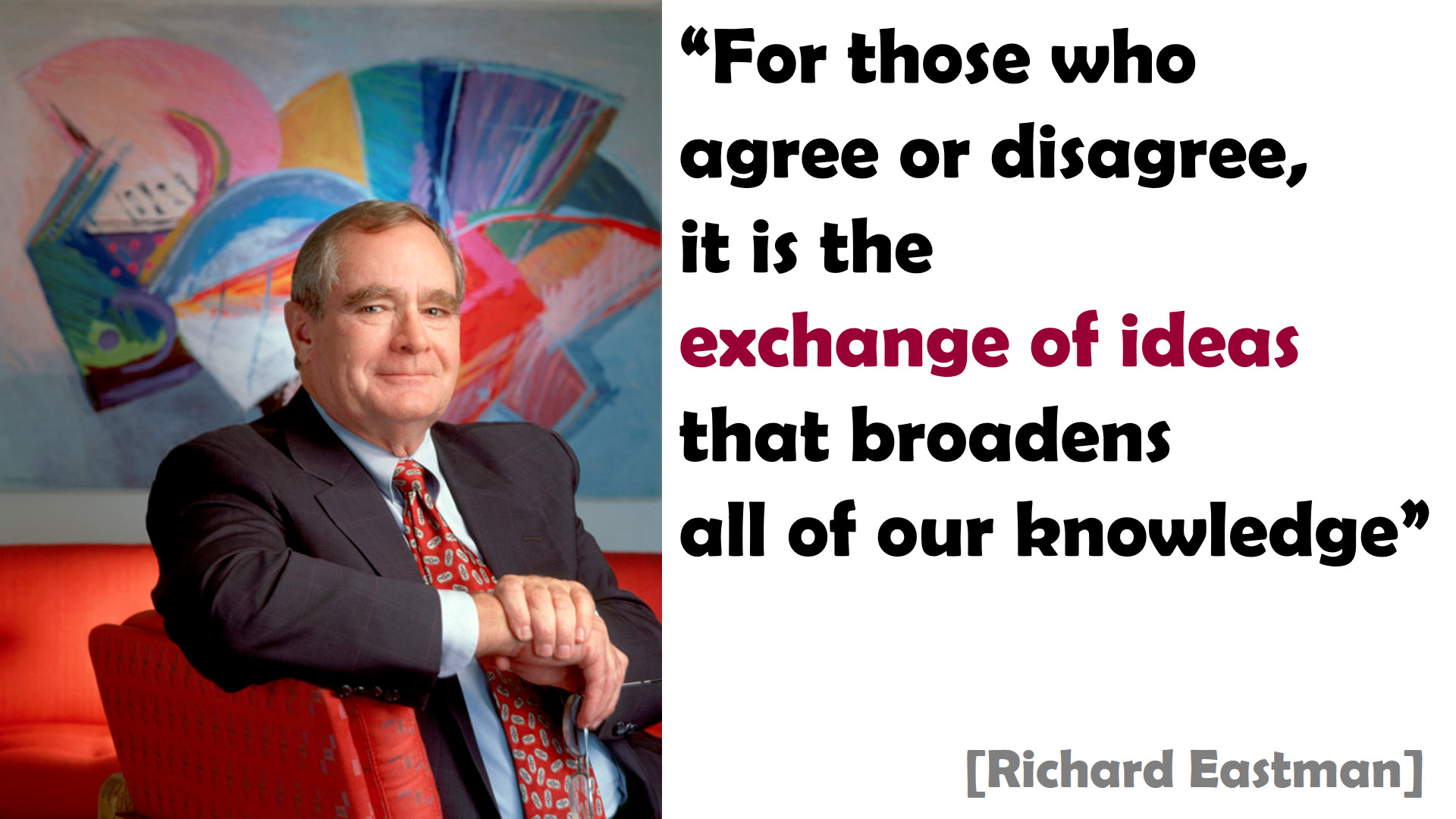
KPIs or “Key Performance Indicators” are considered a vital management tool to measure staff performance. But especially in aviation, we must be very much aware of the weakness of the KPI idea.
Service
An old question on KPIs is “How do you calculate ‘service’?” If the company does good product, service is of low need. Their KPIs are low valued. So service is frequently outsourced by those wise guys (and gals). On the other hand, if you produce crap, “service” covers for it (or should) and is in great demand. Then it is easy to generate good KPIs. Large call volumen, strong problem solving, low loss of customers.
But in both cases, good service usually needs “reserves”, so if you keep your head count low, once something happens (and that’s rarely under controlled circumstances, prepared for or in the responsibility of the service team), you need “all hands on deck”. If you outsourced your service to save money, that’s when the bill backfires on you…
Flight Attendants

Another good example are flight attendants. They are not there to serve your every whim, they are not the “Saftschubsen” (juice pushies) they are often disrespectfully named. Once you had your very first inflight emergency, you hopefully start to understand their real value.
Why is it that I know senior airline managers who still try to argue that you need one or two flight attendants less on the flight for service reasons and they have to be reminded of the requirements by aircraft makers and governmental aviation bodies that that many flight attendants are certainly needed to evacuate aircraft.
So what’s those KPIs all about?
In my experience and not just mine as I see from discussions and comments, KPIs are being (ab)used by accountants (up to CFO or CEO) to “measure” stuff they do not in reality understand. KPIs are also used to discourage staff from working beyond the line of duty, to find “reason” by disqualifying them from benefits and bonuses.
There’s a good reading on KPIs in Marketing. Addressing the immeasurable impact of your competitors action. Or that you hardly ever launch a single marketing campaign, but you’re likely firing on all cylinders, ain’t you?
Very, very few companies understand that KPIs must be used without “threats”, not as a “measure”, but as a means to improve products, services. What’s the number of complaints? How have they de- or increased and not just that, but most important why. Don’t “blame”. The “blame game” is for shortsighted idiots to play. KPIs can be set together in a team for motivation. If they’re dictated (openly or implied) by your boss or worse, used against you, they won’t work.
 There was some buzz on LinkedIn this week on Disruption Management. Bringing to mind how an airport I worked with disqualified their own historic KPIs as trash by implementing a check on the reasons for disruptions. Where before the airline was responsible for the brunt of all disruptions and delays, suddenly ATC, weather, ground handling or security became clear problems. But in the past it was so much easier to click “airline” and not research what was the real cause. So the real cause never got addressed. To low on the KPI scale. Whooops.
There was some buzz on LinkedIn this week on Disruption Management. Bringing to mind how an airport I worked with disqualified their own historic KPIs as trash by implementing a check on the reasons for disruptions. Where before the airline was responsible for the brunt of all disruptions and delays, suddenly ATC, weather, ground handling or security became clear problems. But in the past it was so much easier to click “airline” and not research what was the real cause. So the real cause never got addressed. To low on the KPI scale. Whooops.
There was also a very good article about KPIs and triggers on LinkedIn. It clearly votes for “internal triggers and motivation”.
Don’t get me wrong. On any projects I worked on in the past years, I used KPIs and Milestones. My own that is. But if I would have made them my mantra, I’d have achieved nothing ever. As a fire-fighter, you don’t care about the water spent. You blow out the fire. And at least for me, my KPIs and Milestones are taken like all good plans. They hardly ever survive meeting reality. So I don’t take them for granted, I adjust them to reality and use them to measure the planned vs. the achieved performance to identify why I turned out better or worse. Not for blame. But to learn to better forecast… To learn for the next project to apply KPIs that are more realistic.
While Einstein said: “Not everything that can be counted counts. And not everything that counts can be counted.”
Drucker said: “If it cannot be measured. It cannot be improved.”
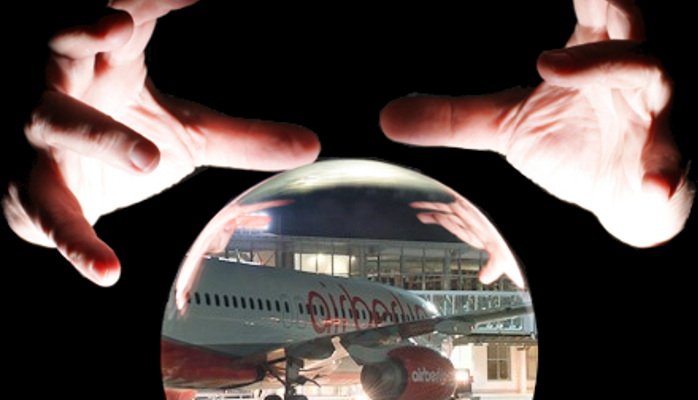 Both are right, but if you make numbers the only thing that counts for you, you have no vision, will never make a dream come true. KPIs are a tool from a large tool box. It needs an master artist to sculpture something beautiful out of someone’s imagination. It’s so similar to what we do at CheckIn.com. We crunch numbers, but we cannot predict the future. Don’t believe in the numbers only. But use them to solidify (or disqualify) your intuition! But I would have bet against some new routes in the past ten years that turned out surprisingly stable business! It takes guts to sometimes run a controlled risk. If you don’t play, you cannot win. Then use your own previously assumed KPIs (also i.e. load factors, yields) to learn.
Both are right, but if you make numbers the only thing that counts for you, you have no vision, will never make a dream come true. KPIs are a tool from a large tool box. It needs an master artist to sculpture something beautiful out of someone’s imagination. It’s so similar to what we do at CheckIn.com. We crunch numbers, but we cannot predict the future. Don’t believe in the numbers only. But use them to solidify (or disqualify) your intuition! But I would have bet against some new routes in the past ten years that turned out surprisingly stable business! It takes guts to sometimes run a controlled risk. If you don’t play, you cannot win. Then use your own previously assumed KPIs (also i.e. load factors, yields) to learn.
What’s your experience with KPIs?
How do you use them?
Food For Thought
Comments welcome!

![“Our Heads Are Round so our Thoughts Can Change Direction” [Francis Picabia]](https://foodforthought.barthel.eu/wp-content/uploads/2021/10/Picabia-Francis-Round-Heads-1200x675.jpg)
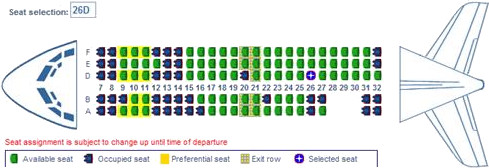


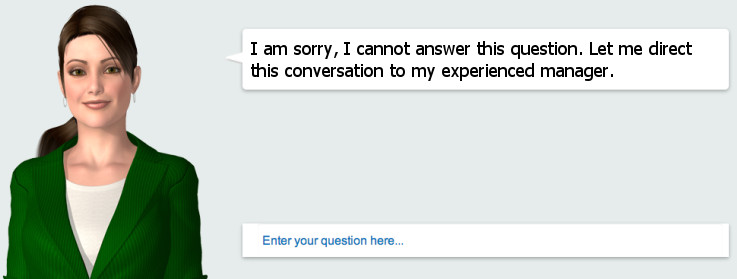
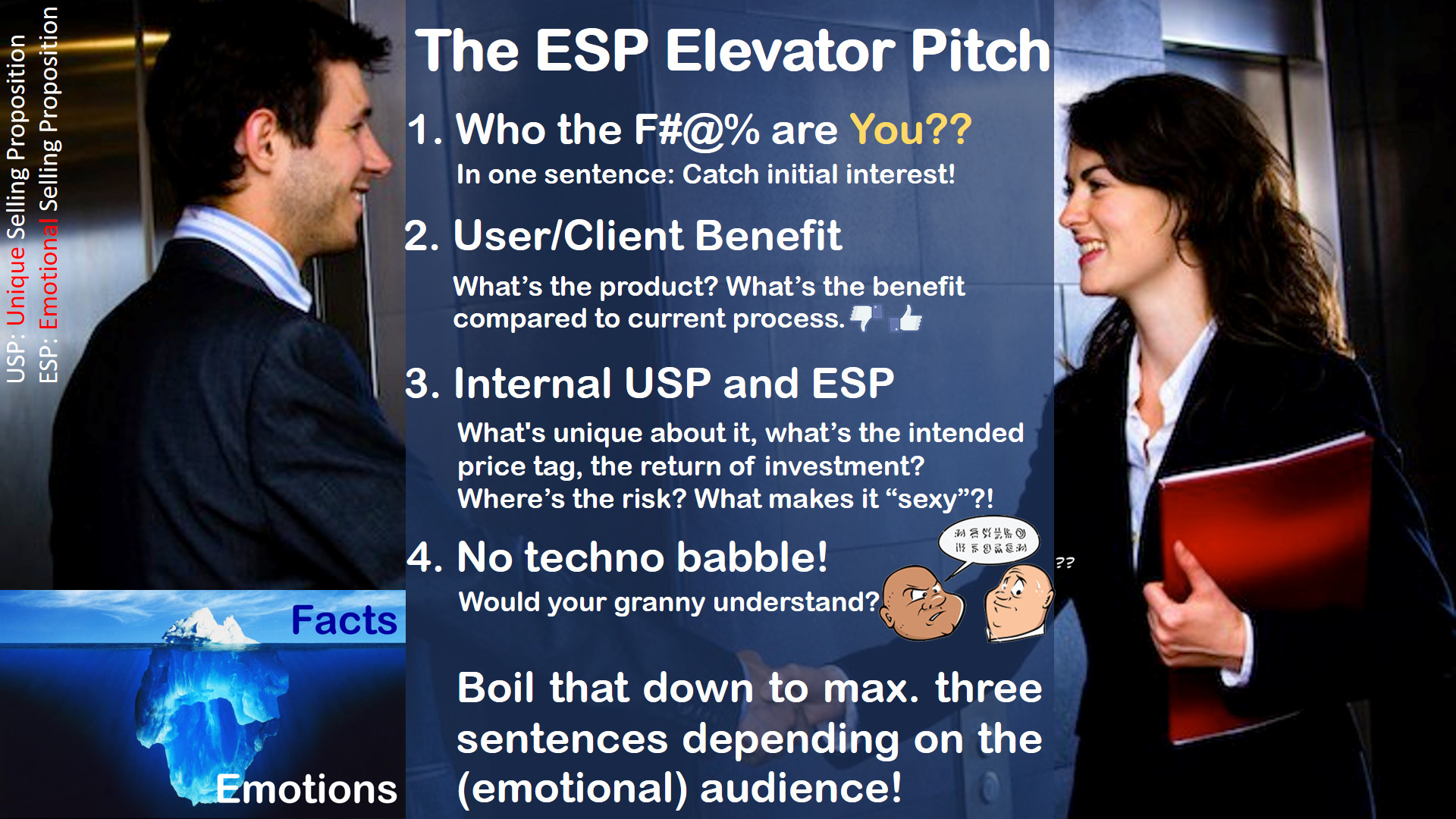
 But the elevator pitch is meant to make your audience curious. Curiosity is one of the most universal and positive emotions. Curiosity opens more doors than any other emotion!
But the elevator pitch is meant to make your audience curious. Curiosity is one of the most universal and positive emotions. Curiosity opens more doors than any other emotion! These days, in a job interview, I heard a senior and very “seasoned” manager (engineering background) again telling me about the technical benefits of their wonderful tool – in my opinion totally loosing the potential client (that was me). Yeah, I’m “tech-sawy”. But people buy not products and fancy technical gadgets, but they buy for their personal benefit (or that of the company).
These days, in a job interview, I heard a senior and very “seasoned” manager (engineering background) again telling me about the technical benefits of their wonderful tool – in my opinion totally loosing the potential client (that was me). Yeah, I’m “tech-sawy”. But people buy not products and fancy technical gadgets, but they buy for their personal benefit (or that of the company). While “the world” meets at
While “the world” meets at  Right after Routes Americas, there’s the second (annually first) European event which we now have as a “must go” on the agenda:
Right after Routes Americas, there’s the second (annually first) European event which we now have as a “must go” on the agenda: 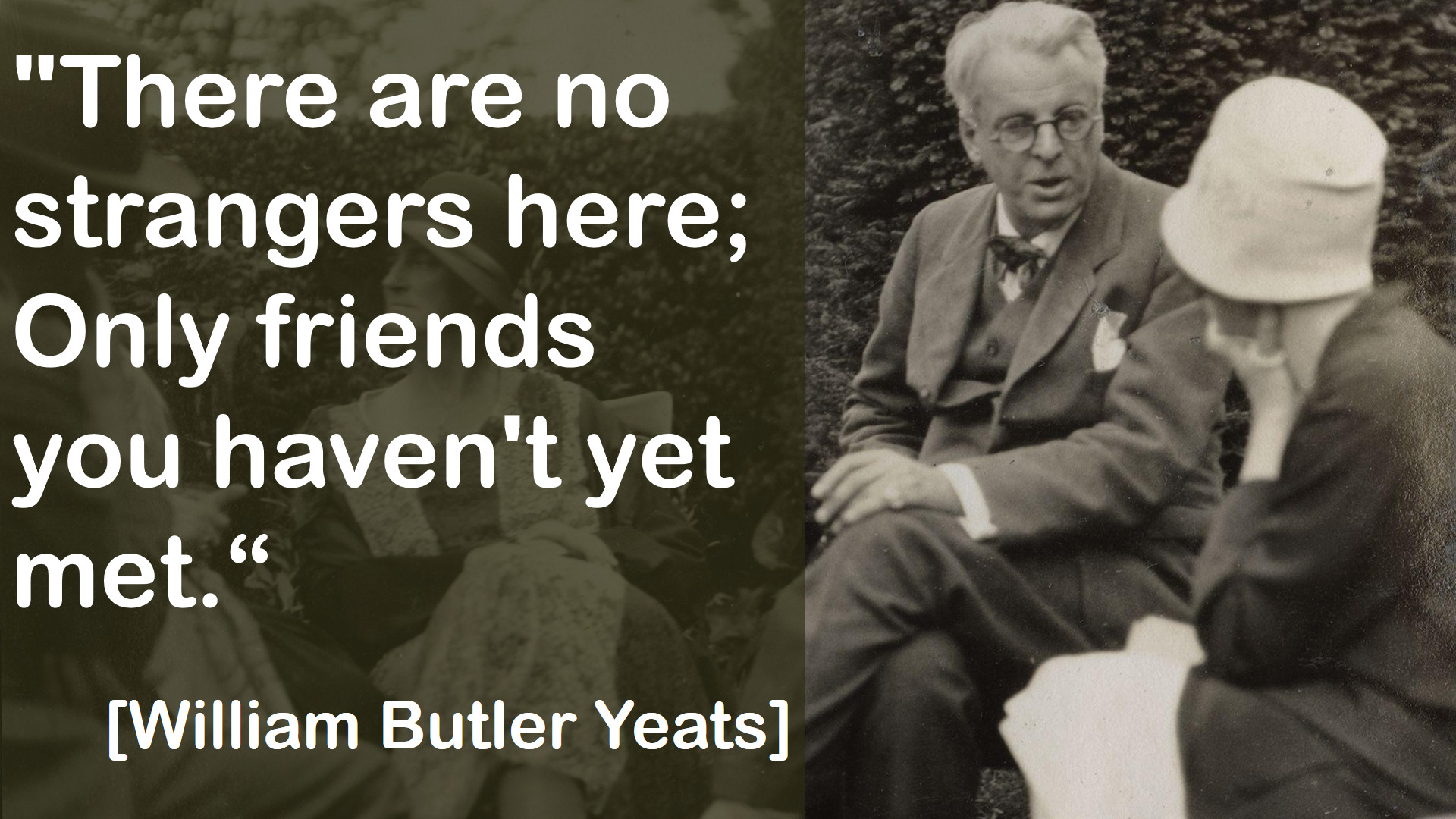
 Many of you know, Yulia is an introvert, where I’m an extrovert. Where it is very easy for me to stand in front of a crowd or meet strangers, this is a real challenge for Yulia. Which is also, why I help her promoting CheckIn.com. That difference in personality is rather easy to grasp. the other differences are more difficult in the beginning.
Many of you know, Yulia is an introvert, where I’m an extrovert. Where it is very easy for me to stand in front of a crowd or meet strangers, this is a real challenge for Yulia. Which is also, why I help her promoting CheckIn.com. That difference in personality is rather easy to grasp. the other differences are more difficult in the beginning.
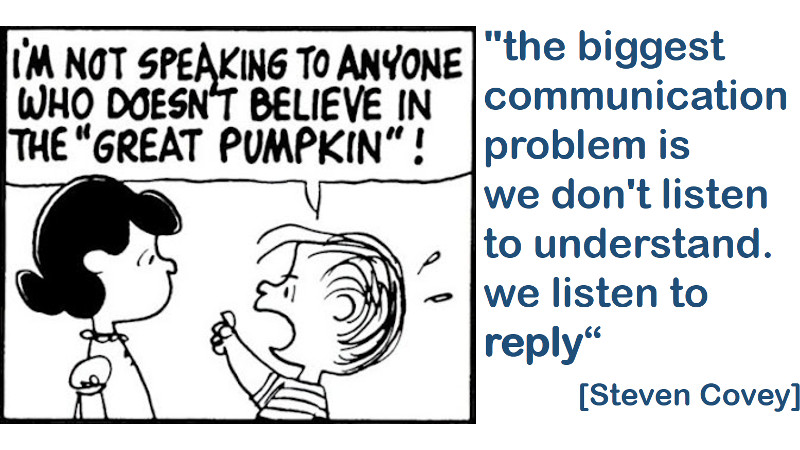


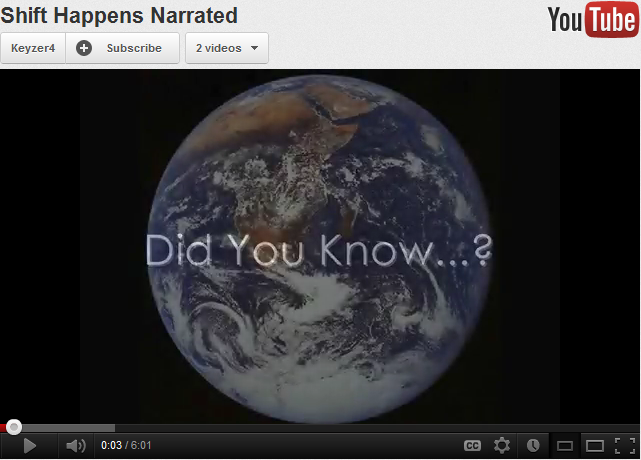
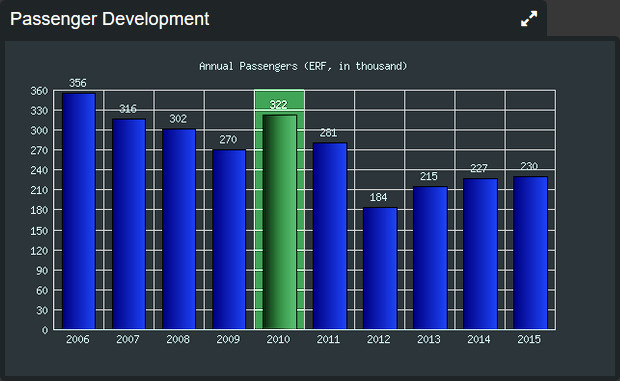
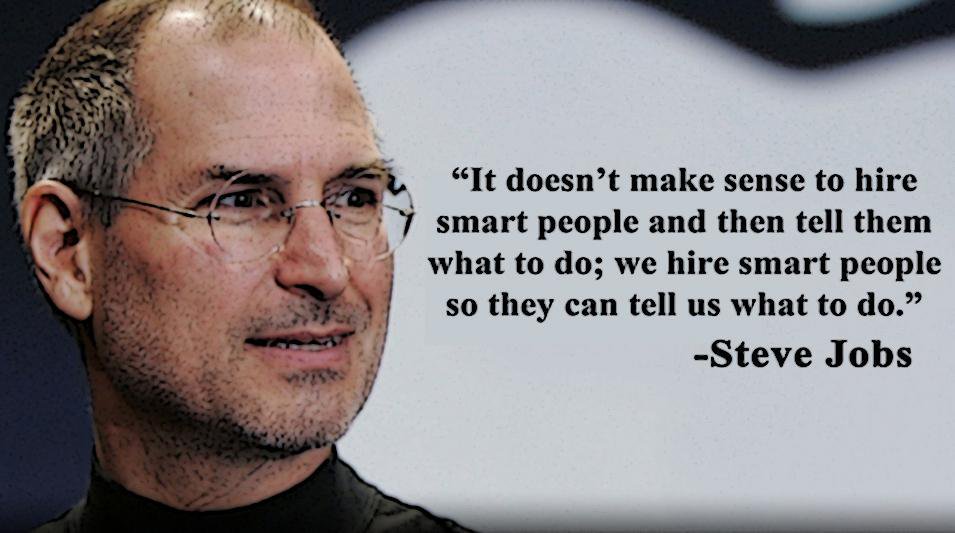
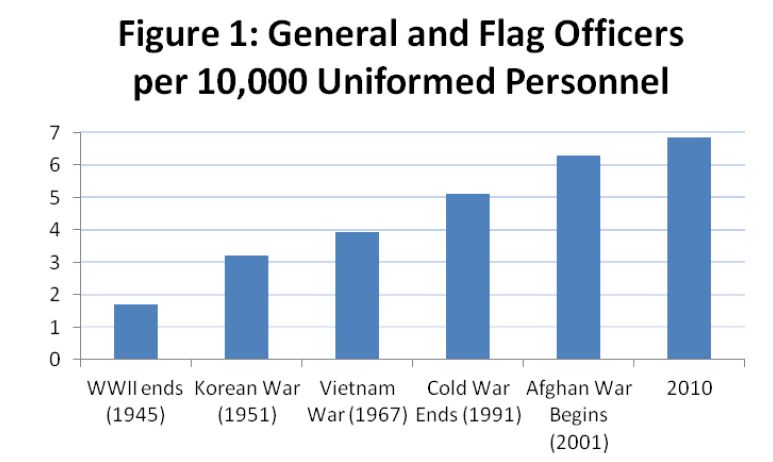
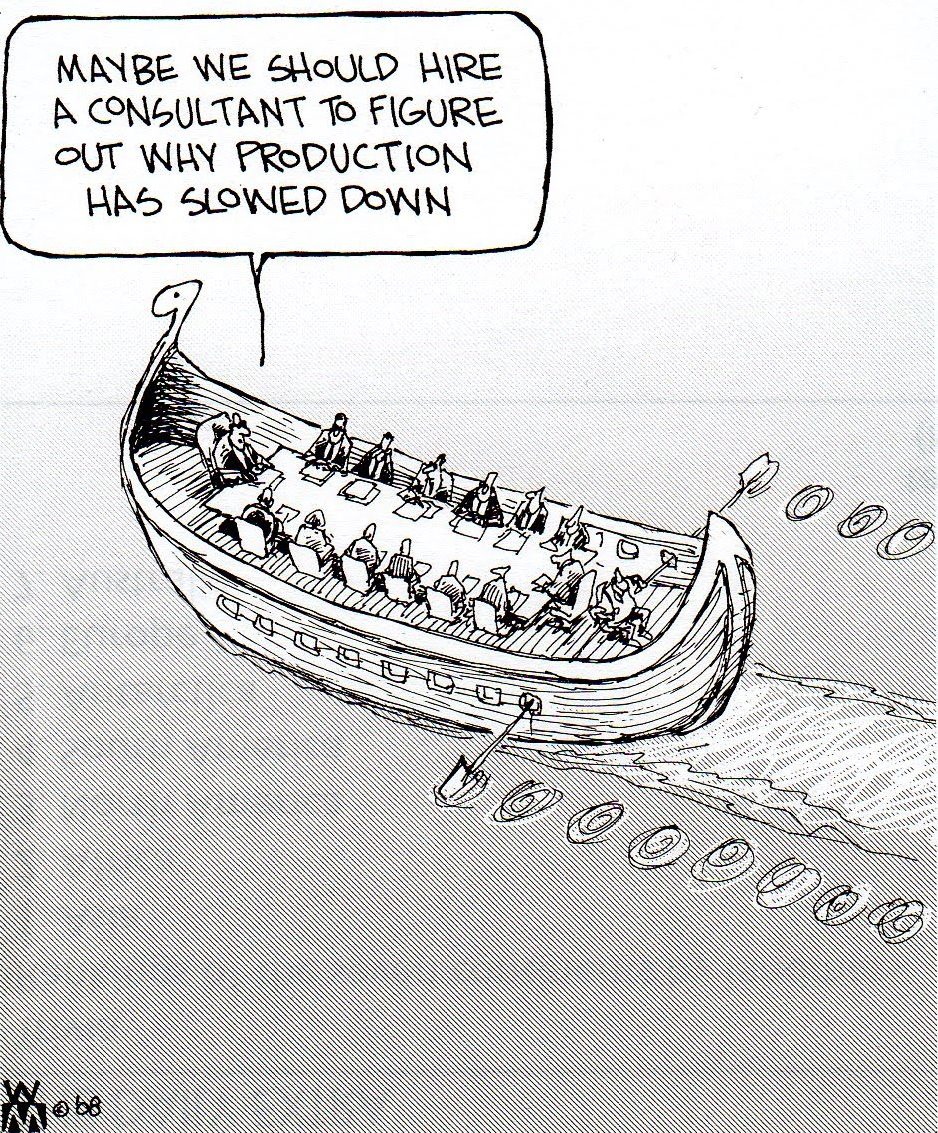 Looking at current structures in the industry, we have too many Chiefs and too little Indians. In fact, I know companies (i.e. consulting) having 10 Chiefs on a single Indian or less. Mostly secretaries, IT support and cleaning staff, often enough outsourced. And we pay the Indians badly and feed the Chiefs. Some figures in Germany make me afraid. In the last years, the numbers of people living of social security despite having a job increased year over year. Yes, they have work. But not enough to live from, they need state support to survive!
Looking at current structures in the industry, we have too many Chiefs and too little Indians. In fact, I know companies (i.e. consulting) having 10 Chiefs on a single Indian or less. Mostly secretaries, IT support and cleaning staff, often enough outsourced. And we pay the Indians badly and feed the Chiefs. Some figures in Germany make me afraid. In the last years, the numbers of people living of social security despite having a job increased year over year. Yes, they have work. But not enough to live from, they need state support to survive! At the same time these highly paid managers reduced their personal risk in case of failure by insurances and contractual clauses. But imply that their mega-salaries are because of all the responsibility they have for the company and its employee and their well-being. Whereas the net income of their workers have in reality dropped many years as a result of inflation, tax and social security increases, etc. And not to forget by making “Leiharbeit”, subcontracting labor. That way, the history of working for a company throughout your lifetime became a myth, companies, no, not faceless companies, but company managers are no longer loyal to their workers. And not paying subcontracted labor a surplus for the job risk but paying them mostly even less than their own.
At the same time these highly paid managers reduced their personal risk in case of failure by insurances and contractual clauses. But imply that their mega-salaries are because of all the responsibility they have for the company and its employee and their well-being. Whereas the net income of their workers have in reality dropped many years as a result of inflation, tax and social security increases, etc. And not to forget by making “Leiharbeit”, subcontracting labor. That way, the history of working for a company throughout your lifetime became a myth, companies, no, not faceless companies, but company managers are no longer loyal to their workers. And not paying subcontracted labor a surplus for the job risk but paying them mostly even less than their own.
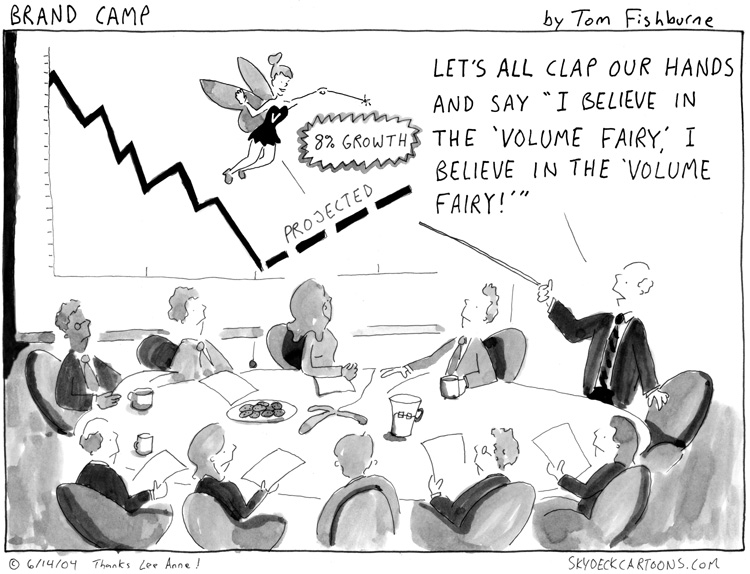 Another issue on salaries is “variables”. I truly believe a fair base salary and a fair results scheme are motivating. Unfortunately – and I hear that from a lot of friends – the “targets” set are unrealistic. Such you can rarely rely on them. The manager’s goal not being motivation, but cost savings, is also counter productive. Aside, it’s simple greed and also just aside, that’s a mortal sin.
Another issue on salaries is “variables”. I truly believe a fair base salary and a fair results scheme are motivating. Unfortunately – and I hear that from a lot of friends – the “targets” set are unrealistic. Such you can rarely rely on them. The manager’s goal not being motivation, but cost savings, is also counter productive. Aside, it’s simple greed and also just aside, that’s a mortal sin.


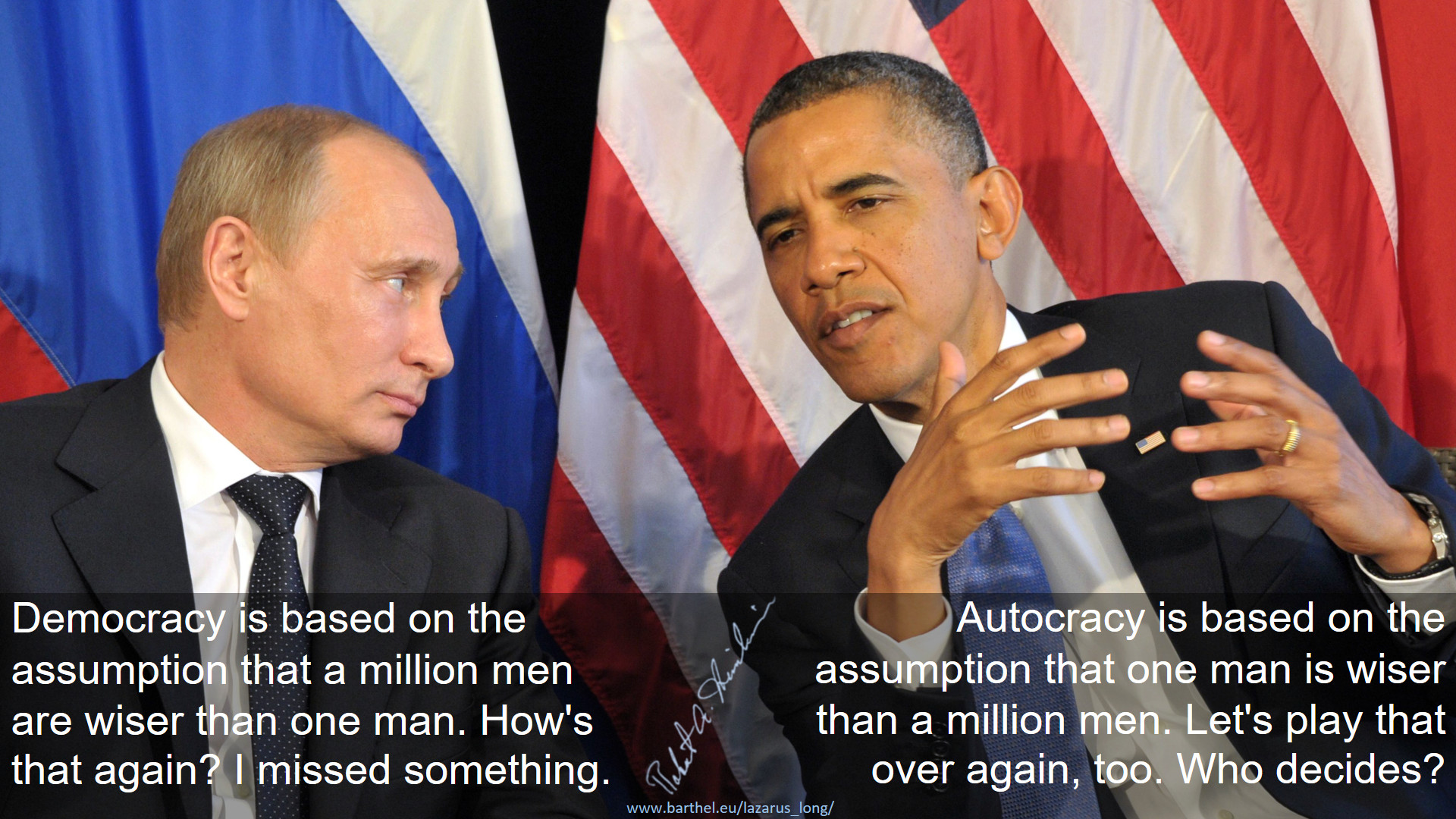
 And stopping the A.I.? In 2001, humans gave conflicting orders to the local A.I. (
And stopping the A.I.? In 2001, humans gave conflicting orders to the local A.I. (
